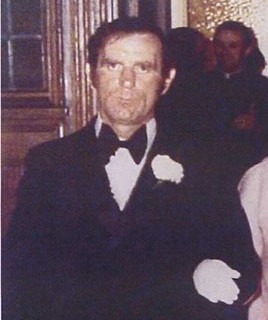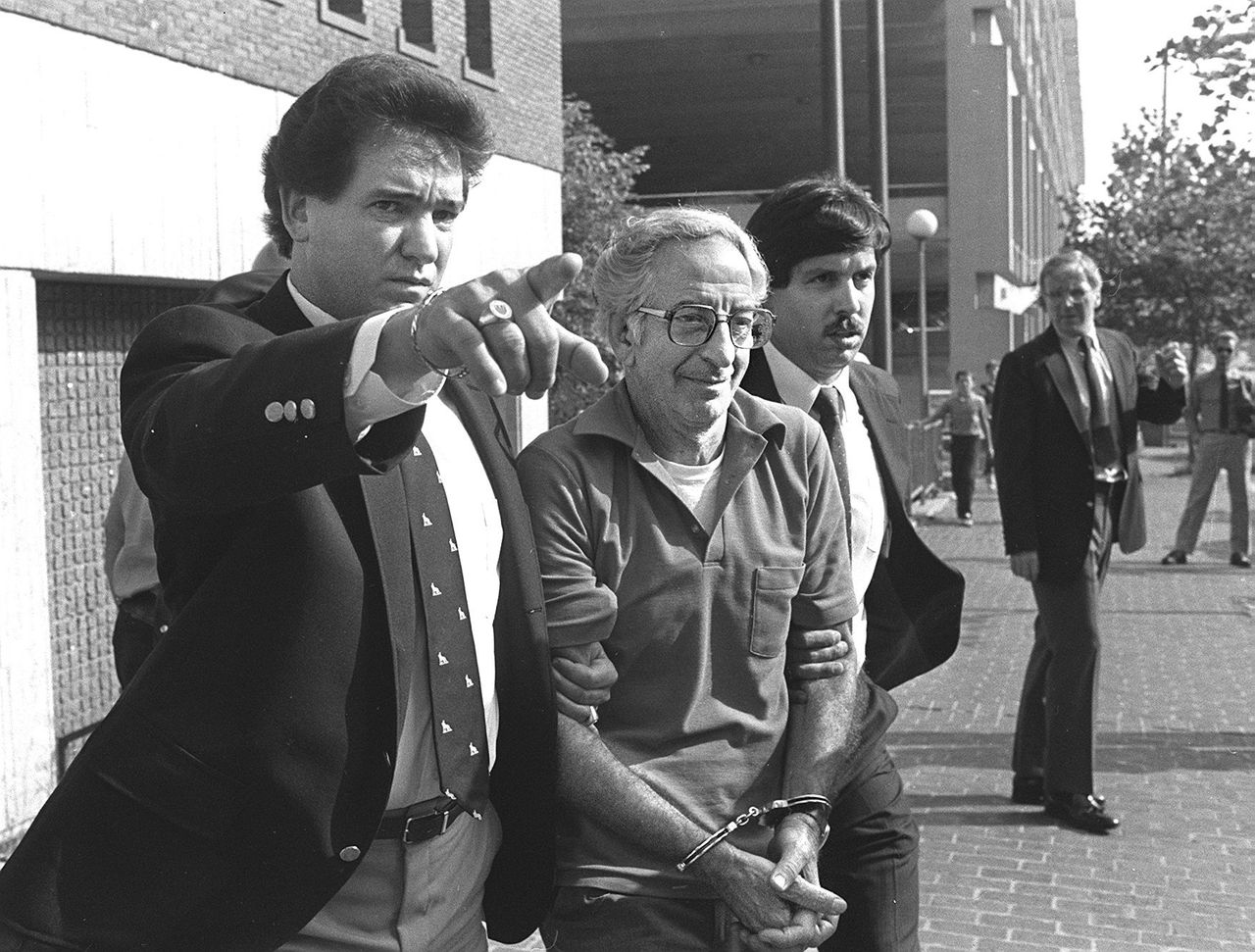The Tweed Ring was a small group of people lead by William Marcy “Boss” Tweed who briefly ruled the Gilded Age of New York, through Tammany Hall until the 1870’s. The Tweed Ring controlled New York City using fraud, bribery, and kickbacks to pocket massive amounts of New York’s budget, estimated to be between $40 million to $200 million (or $1.5 billion to $4 billion in todays money).
The Tweed Ring was largely made up of William Tweed, Peter B. Sweeney who was head of the Department of Parks, Comptroller Richard “Slippery Dick” Connolly, Mayor A. Oakey Hall, a few key judges and legislators and various contractors.




Contractors that worked for the Tweed Ring, favorites, friends and family were told to multiply the amount of each bill by five, or ten, or a hundred, after which, with Mayor Hall’s ‘O. K.’ and Connolly’s endorsement, it was paid through a go-between who would bill the them for work not done or would overcharge for work they did, and the kickbacks would be divided between Tweed and his cronies.
Those companies, under city contracts, would also do substandard work that would soon require repair, which would then be done by other Tweed Ring-cronies.
One example of how the operation worked was during the construction of the New York State Courthouse, a project that ballooned to $13 Million (roughly $178 Million today). “A carpenter was paid $360,751 (roughly $4.9 million today) for one month’s labor, a plasterer received $133,187 ($1.82 million) for two days’ work”

“their methods were curiously simple and primitive. There were no skilful manipulations of figures, making detection difficult … Connolly, as Controller, had charge of the books, and declined to show them. With his fellows, he also ‘controlled’ the courts and most of the bar.”
Although the Tweed Ring were lining their own pockets they did provided funding for the development of the Upper East and West Sides of Manhattan, but even then they bought up chunks of land from City funds and sold it back at huge profits, while also lining their pockets from the contractors they handed contracts too. Tweed facilitated the founding of the New York Public Library and secured land for Metropolitan Museum of Art.

However, the Tweed Ring were eventually taken down because of investigative journalism by the New York Times and by the political cartoons of Thomas Nast in Harper’s Weekly. Tweed reportedly said to Nast, “Stop them damned pictures. I don’t care so much what the papers say about me. My constituents don’t know how to read, but they can’t help seeing them damned pictures!” That campaign from Nast and the New York Times had a limited effect.
After the riots, the New York Times got hold of of their financial records and published them, Thomas Nast again lead his assault with his cartoons. Boss Tweed was arrested and a bail of $1 million was placed.

Hall was tried three times and finally acquitted of all charges on the third trial. Slippery Dick Connolly remained in office until his resignation in 1871. A week later, he was arrested and indicted on 15 counts of misdemeanors. On New Year’s Day, 1872, he was released on bail and went abroad, never to return to the United States. He died from Bright’s disease in Marseille, France, while being a fugitive from justice. Peter Sweeny resigned from public life, in February 1872, he was indicted but the D.A.’s office decided not to prosecute him, and Sweeny went to Canada. In 1877, Sweeny paid $400,000 to New York City in exchange for forgiveness.
Sources:
https://www.britannica.com/biography/Boss-Tweed
https://www.cliffsnotes.com/cliffsnotes/
https://timesmachine.nytimes.com/timesmachine/1870/04/28/80227090.pdf
https://timesmachine.nytimes.com/timesmachine/1880/06/01/98618864.pdf
https://timesmachine.nytimes.com/timesmachine/1857/10/28/87579741.pdf
https://timesmachine.nytimes.com/timesmachine/1911/09/01/104787028.pdf
https://www.u-s-history.com/pages/h703.html
http://politicalgraveyard.com/bio/hall1.html#RR60BLCO8
https://www.interesly.com/tweed-day-boss-tweed/
https://www.nytimes.com/
https://allthatsinteresting.com/william-boss-tweed-tammany-hall
Herbert Asbury – The Gangs of New York


























